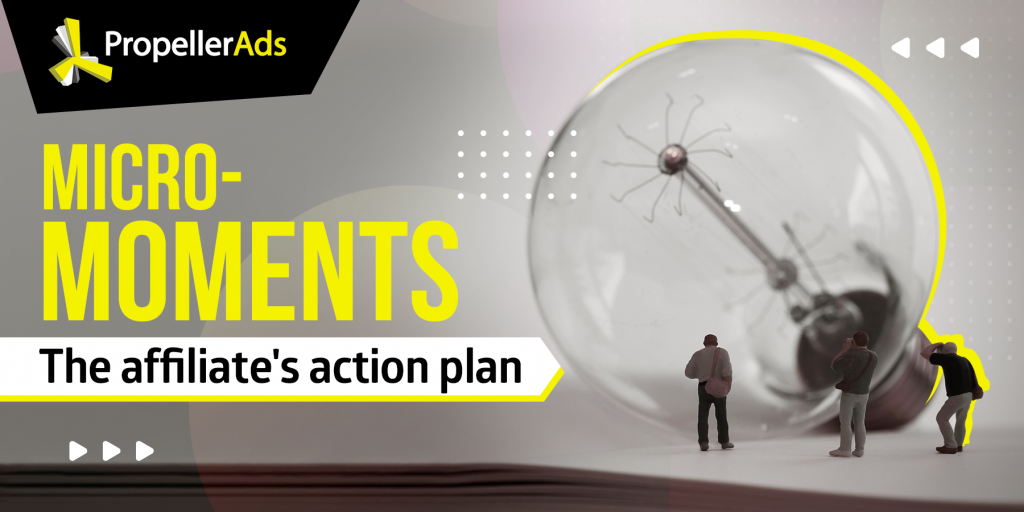Emotional Targeting: Does It Really Work?
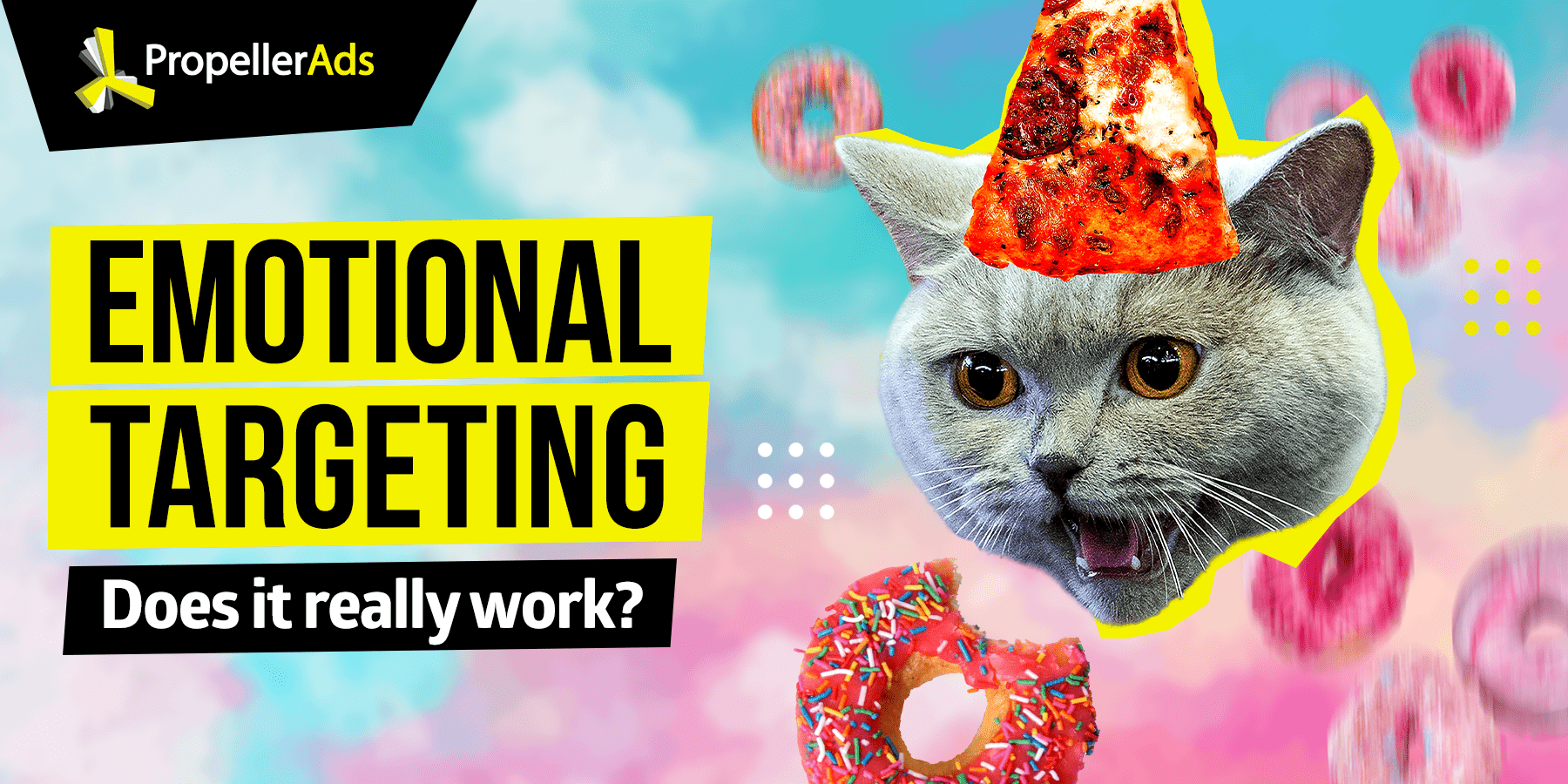
Humans are intuitive beings, so all of us are guided by our feelings to some extend. As a marketer, learning how to connect with your audience’s emotions is a great skill because you can use it for much more than simply selling a product.
That said, learning how to create a meaningful bond is not simple or easy, so you have to put in the time and learn about the things that drive your audience.
Let’s talk about emotional targeting (if it works), and check out a few tips to help you implement this approach into your ads and affiliate campaign as a whole.
9 Psychological Tricks to Increase Conversions and Make People Buy Your Popcorn
Defining Emotional Targeting
Emotional targeting is the practice of studying how your audience behaves, why they react in a certain way, and understanding how their emotional state influences their decisions. Marketers that leverage emotional targeting can design ads that encourage viewers to complete the desired action.
In other words, if you lean on your targets’ emotions, they are more likely to provide information, make a purchase, or otherwise complete an action that results in a conversion.
Research suggests that emotional campaigns produce positive results 31% of the time, 15 percentage points higher than rational campaigns, which stand only at 16%.
Not only this, generating an emotional response means that your campaign is memorable, so it’s more likely to attract attention and your brand image in the eyes of consumers.
Does Emotional Targeting Work?
The short, simple answer to this question is that yes, emotional targeting does work.
There are hundreds if not thousands of affiliates and companies competing for your audience’s attention. Emotional targeting allows you to go beyond standard copy-paste ads, stand out of the competition, and find creative elements that strike a chord with your potential customers.
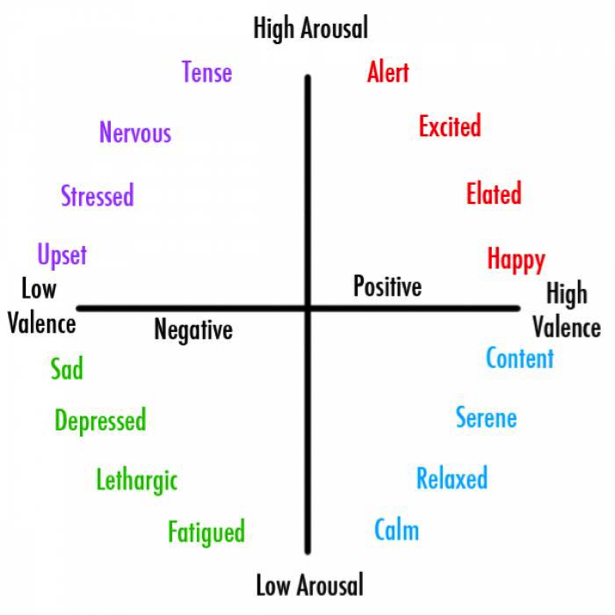
Emotional targeting works because it uses the BEM approach. BEM, which stands for behaviors, emotions, and moments, is an approach that helps marketers focus on these three stages, which can be defined as:
- Behavior: The point where consumers show interest or start behaving in a way that indicated they are interested in your product.
- Emotions: This area gauges the overall mood consumers find themselves in. Today, many countries around the world are in lockdown due to the global healthcare crisis. Marketers can use this to their advantage and figure out what this means in regards to their product.
- Moments: The moment can be considered as the trigger that sets off the entire conversion process. Are consumers in a new place or situation that may trigger the need for your product? If so, make sure your ads are there when consumers need them most.
How to Optimize for Emotions
There are many obvious and not-so-obvious elements that will impact the performance of your emotional campaign. To get the best results during optimization, remember to:
Make Your Campaign Customer-Centric
Your emotional campaign should focus on customers, not the product being promoted. Instead of talking about your brand, highlight how this product will improve your audience’s life experience and why having it is a no-brainer.
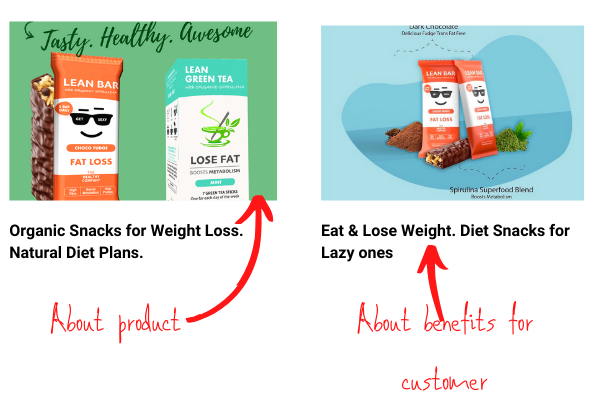
Show How It Works
Don’t show the product (unless it’s makeup, clothing, phones, etc.), show the results this product can provide.
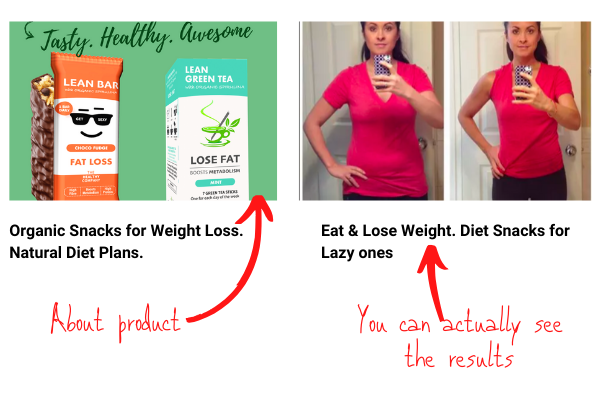
When Testing, Focus on Large Variants First
It’s important to figure out which elements influence consumer decisions heavily and which features are secondary. The best way to do this is to conduct split testing. However, you should start off by testing large variants in your ads, like ideas, images, and color schemes. Once you have found a base combination that works well, you can start testing smaller elements within your ads.
Remember the golden rule of testing: one variable at a time.
Emotions You Should Focus On
There are dozens of different emotions, but most affiliates find success when focusing on five specific feelings. These are:
- Joy
- Example: This XYZ Makes Life Easier and Allows You to Enjoy Every Moment with Your Family!
- Sadness
- Example: Letting Go Hurts, But This App Can Help You Get Over Your Bad Break-Up in No Time.
- Fear
- Example: Protecting Your Health is No Joke. Find the Best Fitness App to Help You Stay in Good Shape!
- Anger
- Example: Not Receiving a Stimulus Check from Your Government? Explore the Financial Options Available!
- Nostalgia
- Example: Missing Your Friends During the Lockdown? Here are X Apps to Help You Reconnect!
Scarcity, Urgency, Exclusivity: 3 Words Every Affiliate Should Understand
What You Need to Know Before Crafting Your Ads
It’s worth noting that consumers, in general, are very emotional at the moment due to the current COVID-19 crisis. This is a global challenge that will undoubtedly affect all of us, so it’s important to know what you can do and what you need to avoid at all costs.
Keep Your Ads Fresh and Updated
Keeping your ads fresh and updated is essential for the success of your marketing campaign. The landscape of the affiliate world is changing at a fast pace, so stay tuned to pick up more ideas to give your ads a nice performance boost.
Want to find out more about PropellerAds? Glad you asked, join our BIG Telegram Chat!
